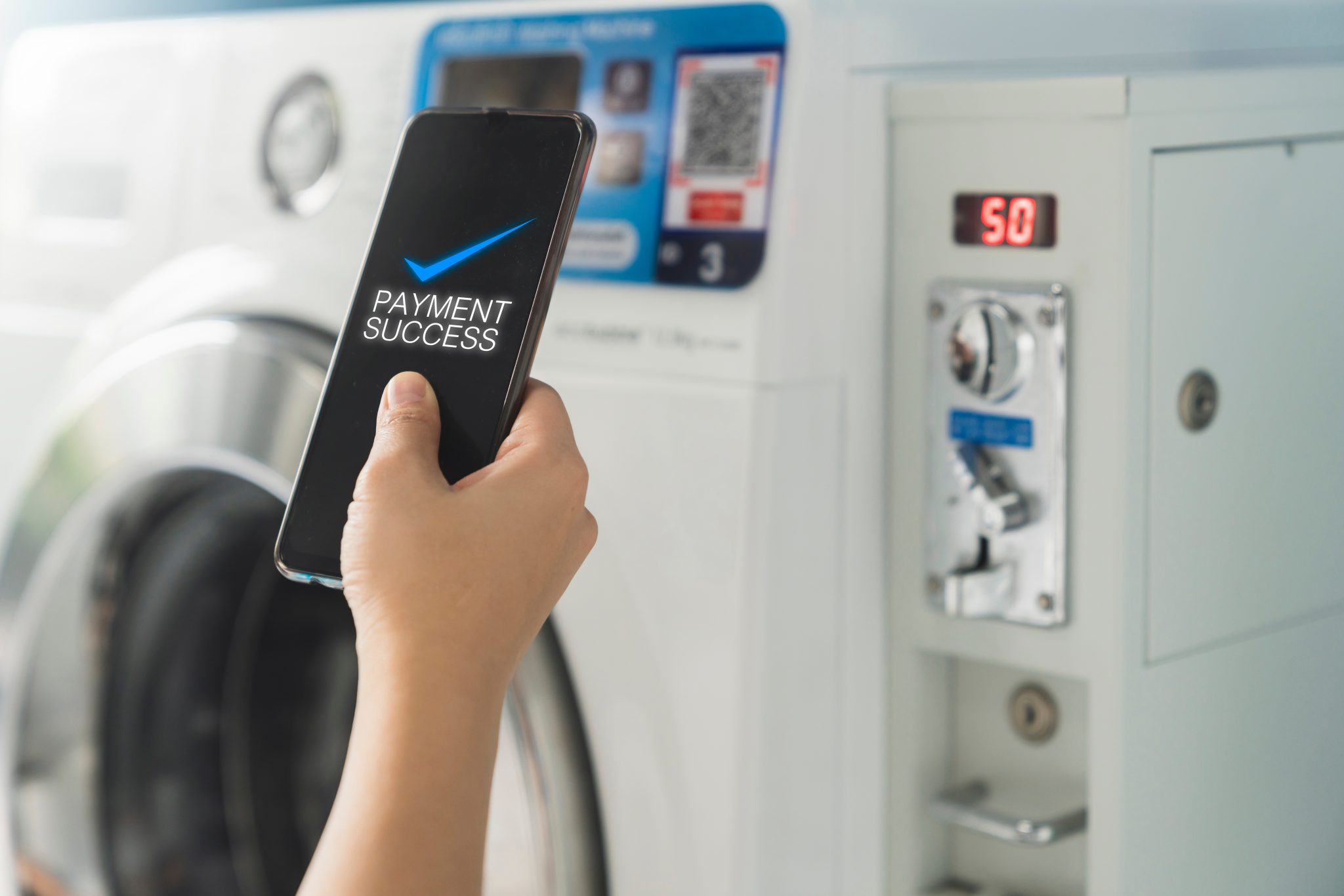In a rapidly evolving marketplace, laundry business owners who rely solely on intuition or “gut feelings” may struggle to keep pace with more data-savvy competitors. Data-driven decision making offers a powerful way to identify profitable opportunities, optimize day-to-day operations, and enhance the customer experience. From gathering customer preferences to monitoring machine usage in real time, laundromat operators have a wealth of information at their fingertips—if they know where to look.
Below, we’ll explore practical steps to collect and interpret key metrics, along with actionable strategies to put data insights to work in your laundromat.
1. Why Data-Driven Decision Making Matters
A successful laundromat isn’t just about turning on the lights and keeping machines running. In today’s competitive environment, data can provide an edge by:
- Reducing Guesswork: Rely on concrete metrics instead of assumptions to guide pricing, marketing, and expansion plans.
- Improving Customer Experience: Track buying behaviors and preferences to tailor services that resonate with your audience.
- Optimizing Operations: Identify patterns to address inefficiencies, plan maintenance schedules, or adjust staff hours.
When you base decisions on real-world data, your actions become more strategic, driving sustainable growth and profitability.
2. Collecting Valuable Customer Data
2.1. In-Store Observations and Surveys
- Customer Feedback Forms: Place suggestion boxes or digital kiosks where customers can quickly share thoughts on machine quality, cleanliness, and service.
- Staff Interactions: Train employees to engage customers and gather informal feedback, from preferred payment methods to desired amenities.
2.2. Loyalty Programs and Memberships
- Digital Sign-Ups: Incentivize customers to provide their email or phone number in exchange for rewards. This helps you build a contact list for marketing campaigns and track frequency of visits.
- Usage Metrics: Loyalty program software can track each visit, including which machines are used and at what times. It paints a clearer picture of customer habits—information you can leverage for targeted promotions.
2.3. Point-of-Sale (POS) Systems
- Transaction Data: Modern POS solutions collect purchase amounts, payment methods, and time stamps. Analyzing these details uncovers peak hours, average spend per customer, and seasonal trends.
- Data Consolidation: Integrate POS data with accounting software to streamline financial monitoring and reduce manual entry errors.
3. Harnessing Sales Metrics and Operational Insights
3.1. Machine Usage and Performance
- Cycle Counts: Track how many times each machine runs daily or weekly. This reveals your most popular machines and helps identify any underutilized equipment.
- Maintenance Logs: Maintain a history of repairs and parts replacements. Cross-reference with usage data to predict when machines may need servicing before breakdowns occur.
3.2. Utility Tracking
- Utility Bills: Monitor water, gas, and electricity costs in relation to total wash cycles. Are utility costs rising faster than usage? Investigate equipment inefficiencies or negotiate better utility rates.
- Real-Time Meters: Smart meters or IoT (Internet of Things) devices can provide hourly consumption data, offering insights into peak utility usage and how to optimize workflows.
3.3. Staffing Efficiency
- Labor vs. Revenue: Compare hourly or daily revenue to labor costs. Identify peak times when you need full staff and slower periods where you might cut back on hours.
- Scheduling Software: Automated tools can generate staff schedules based on historical data, ensuring you have the right coverage without overspending on labor.
4. Analyzing and Interpreting Data
4.1. Setting Benchmarks and KPIs
- Key Performance Indicators (KPIs): Define metrics such as average revenue per customer, machine utilization rates, and customer retention.
- Industry Benchmarks: Compare your numbers against regional or national averages. If your water usage per cycle is above industry norms, for instance, you might explore more efficient machines or detect leaks.
4.2. Spotting Patterns and Trends
- Peak Times: Identify the days and hours with the highest foot traffic, and consider extended hours or off-peak pricing strategies.
- Seasonal Variations: Some areas have surges in the winter (heavier clothing) or summer (tourist season). Planning promotions and staffing accordingly can help you meet increased demand.
4.3. Using Dashboards and Analytics Tools
- POS and CRM Integrations: Many modern POS systems feature built-in dashboards that visualize sales, traffic, and promotions in easy-to-read charts.
- Third-Party Analytics: Tools like Google Data Studio or Excel’s Power Pivot can also help you bring together data from multiple sources for deeper analysis.
5. Turning Insights into Action
5.1. Optimizing Pricing and Promotions
- Dynamic Pricing: Use data on time-of-day utilization to create peak and off-peak pricing. Offer discounts during slow hours to attract customers and balance machine usage.
- Targeted Discounts: Tailor promotions to specific customer segments—like a reduced rate on large-capacity machines for families or special offers for students.
5.2. Personalizing the Customer Experience
- Customized Messaging: Send email or SMS promotions based on loyalty club usage. For instance, if a customer consistently uses large-capacity washers, highlight related deals.
- Feedback Loop: Invite customers to share experiences after redeeming a promotion or visiting during new operating hours. This immediate feedback helps you refine offerings.
5.3. Streamlining Operations
- Proactive Maintenance: If you notice a particular dryer is frequently used and has had multiple maintenance issues, schedule preventive service or consider upgrading to a more robust model.
- Inventory Control: Track soap and vending machine sales to ensure you always have best-selling items in stock. This data also helps prevent overstocking or waste.
6. Cultivating a Data-Driven Culture
6.1. Train Your Team
- Staff Buy-In: Involve employees in the data process. Show them how tracking machine usage or customer satisfaction can directly influence daily tasks and tips.
- Ongoing Education: Offer periodic training on new tools or software. Encourage your staff to spot inefficiencies and propose solutions.
6.2. Continuous Improvement
- Regular Performance Reviews: Schedule monthly or quarterly reviews of KPIs. Discuss outcomes with key staff members and brainstorm ways to address shortfalls.
- Stay Agile: Market conditions, competition, and technology evolve rapidly. Keep adapting your strategies and metrics to stay ahead.
Conclusion
Embracing data-driven decision making isn’t just a passing trend—it’s a proven path for laundromat owners to elevate their services and outperform competitors. By systematically collecting customer data, analyzing sales metrics, and drawing on operational insights, you can make smarter choices for pricing, promotions, staffing, and maintenance. In short, data can illuminate hidden opportunities, help you create an even better customer experience, and lead to a healthier bottom line.
If you’re ready to take your laundromat to the next level, start by identifying the metrics that matter most to your business. Build simple systems to gather this information and involve your staff in reviewing the results. With consistent effort and a willingness to adapt, your laundromat can thrive—driven by the power of actionable, data-backed insights.








